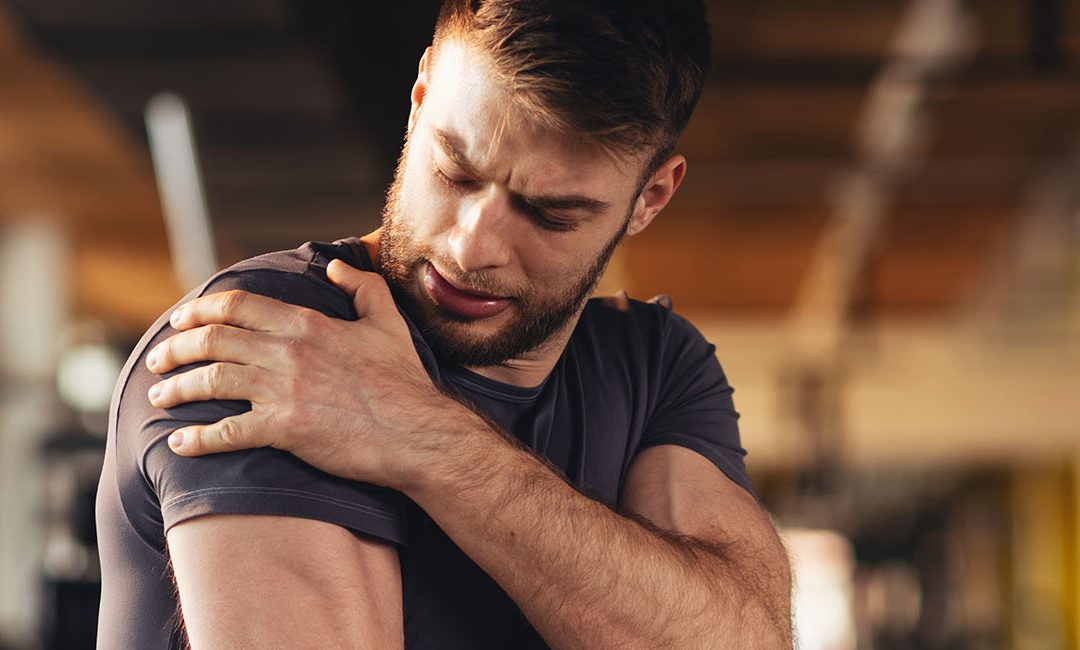Rotator Cuff Tendinopathy, also referred to as the Shoulder Tendonitis or the Impingement Syndrome, is a medical condition that causes the tendons and muscles supporting the shoulder joint to swell up. The shoulder joint is an example of a ball and socket joint that is supported by a set of muscles called the rotator cuff. These muscles prevent the ball of the humerus from slipping out of the glenoid cavity. Strong tendons made up of connective tissues also connect the muscles to the bones. These enable us to swing, lift or move our arms. Maximum movement of this joint occurs in this area and affects the rotator cuff muscles.
Causes
- Development of Osteophytes or Bone Spurs that impinge upon the muscles and tendons
- Sports activities that involve a lot of movement of the arm and shoulder joint such as basketball, tennis, swimming, baseball etc. stresses the joint
- Micro-trauma may cause repeated stress to the joint and affect its stability
- There are small fluid filled sacs in the joint called bursae that can get swollen and thus cause Tendinopathy
- Some people are in the habit of sleeping on one particular side of the shoulder that may stress the joint
- Maintaining a poor posture affects the neck, shoulder and thoracic spine stability. It hampers the biomechanics of the joint.
- In some cases, the rotator cuff muscles and tendons may begin to impinge into the acromion bone causing inflammation
- Inherent muscular weakness leading to joint instability
Symptoms
- Pain may be felt when the patient wakes up in the morning
- Loss of strength and stability of the joint as well as weakness in the upper arm or hands
- Swelling and tenderness may be observed
- Inability or discomfort in lifting the arms above the head, lifting weights or lying on the affected side of the shoulder
- Pain may radiate down from the arm to the elbow
- Some patients may complain of pain even while resting. This happens in aggravated cases of Tendinopathy.
- Joint stiffness
- Range of motion may get affected
- A feeling of cracking or joint locking
Diagnosis
- Details of the patient’s medical history and lifestyle may be noted down
- The doctor may ask the patient to move his/her arm in different directions to check the range of motion that is intact
- The symptoms of the affected joint may be taken into consideration
- X-ray imaging may be performed to check for bone alignment, bone spurs and other structural changes
- Palpation is employed to check for swelling
- MRI imaging
- Ultrasound test to check for damage in the soft tissue such as muscles and tendons
Treatment
- Application of ice packs at regular intervals
- Prescription of pain killers and anti-inflammatory medicines
- Compression using shoulder straps, taping, bandages and slings
- The doctor may inject corticosteroids into the affected part to provide relief
- Rest the joint and avoid any strenuous activity
- Using a couple of pillows under the head and shoulders while sleeping may be helpful
- A customized physical therapy session including gentle exercises of the joint
- Maintaining a good posture
- Arthroscopic surgery may be required in case no relief is attained by conservative treatment methods
Updated 5/14/19

